Rapid Assessment of Black Rails in South Florida

Building Local Capacity in Panama
April 2, 2020
U.S. Nightjar Survey Network prepares for 2020 Season
April 3, 2020By Bryan Watts
4/2/2020
In late February of this year, CCB dispatched a team of five biologists including Marie Pitts, Laura Duval, Chance Hines, Bart Paxton and Bryan Watts to conduct a rapid assessment of black rail occurrence in South Florida. The team established a network of 255 survey sites across Everglades National Park, Big Cypress National Preserve, Fakahatchee Strand and Southern Glades and surveyed the network three times in six days. The effort was an attempt to resolve one of the “Big Unknowns” in the status and distribution of eastern black rails.
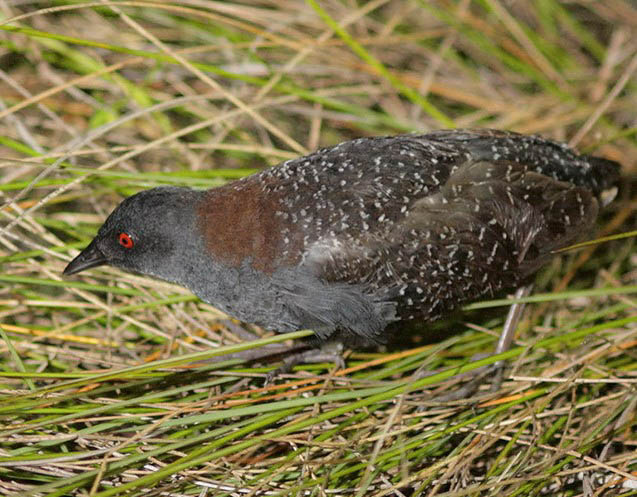
CCB’s 2016 eastern black rail status assessment documented a catastrophic decline throughout the Northeast, including a 450 km range contraction from Massachusetts south to New Jersey and an estimated 9% annual rate of decline since the early 1990s. The assessment identified two remaining strongholds, including Florida and coastal Texas, that likely support 75% of the remaining population. The population estimate for the Atlantic Coast was 355-815 pairs with Florida accounting for possibly 60% of remaining pairs. The assessment also identified sources of uncertainty, including areas that appear to support black rail habitat but to date have not been surveyed. The largest of these areas of uncertainty is South Florida.
A significant portion of the Atlantic Coast black rail population estimate is based on an assumption that black rails occur in the vast wetlands of South Florida. South Florida supports more than one million acres of non-tidal wetlands with the vegetation profile required by black rails. However, other than a few anecdotal accounts of black rails from the birding community, we know virtually nothing about status. Resolving the uncertainty in South Florida is strategically important for improving the population estimate and for setting future management priorities.
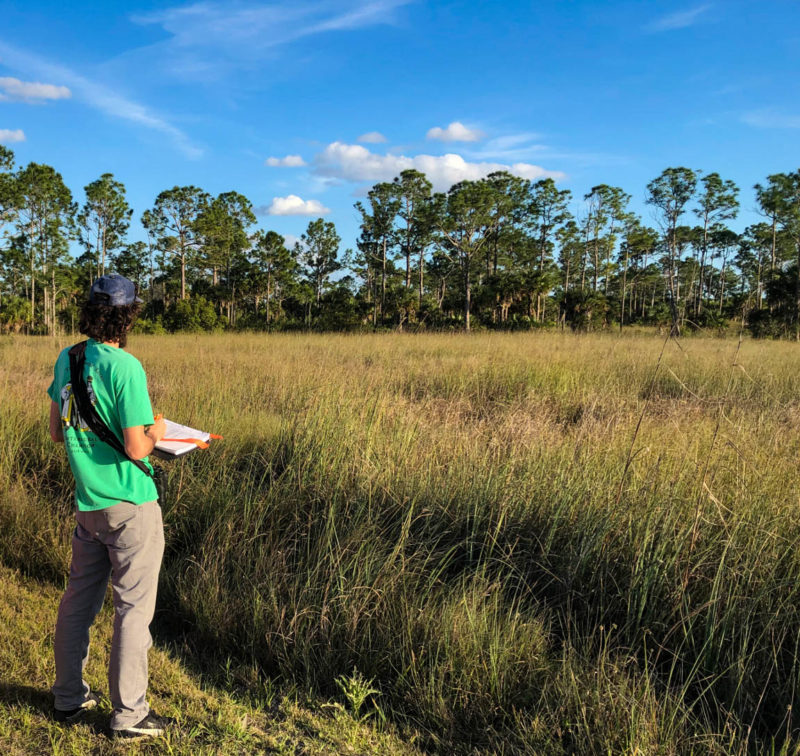
The CCB team arrived in Miami with three objectives including 1) to determine occurrence of black rails and move toward a benchmark estimate of the population supported in South Florida, 2) to assess the habitat associations of black rails using South Florida and 3) to establish a network of survey locations that may be used in future years to evaluate population trends. These objectives were met by establishing a network of survey sites that was stratified across the entire hydrologic gradient found within the region. We distributed sites within properties that represented a large portion of the potential habitat throughout the region.
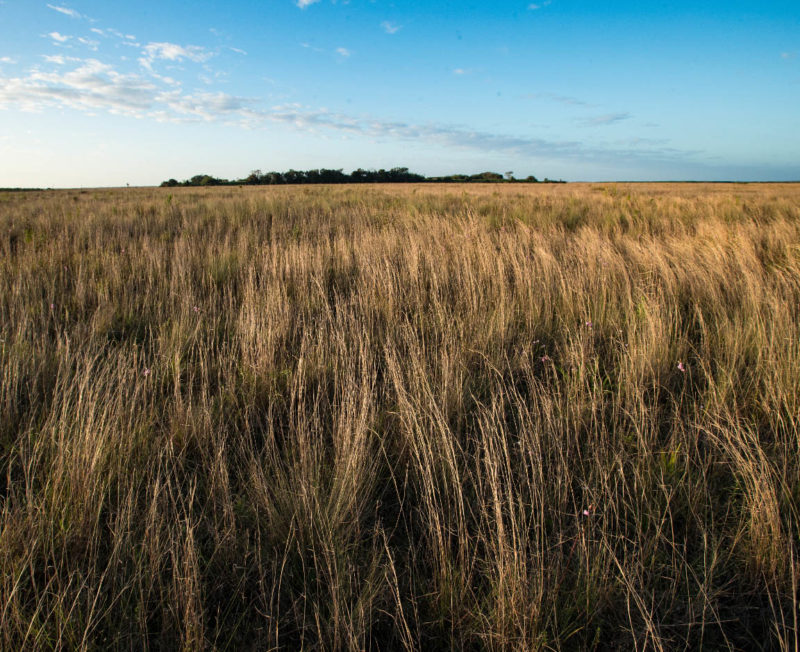
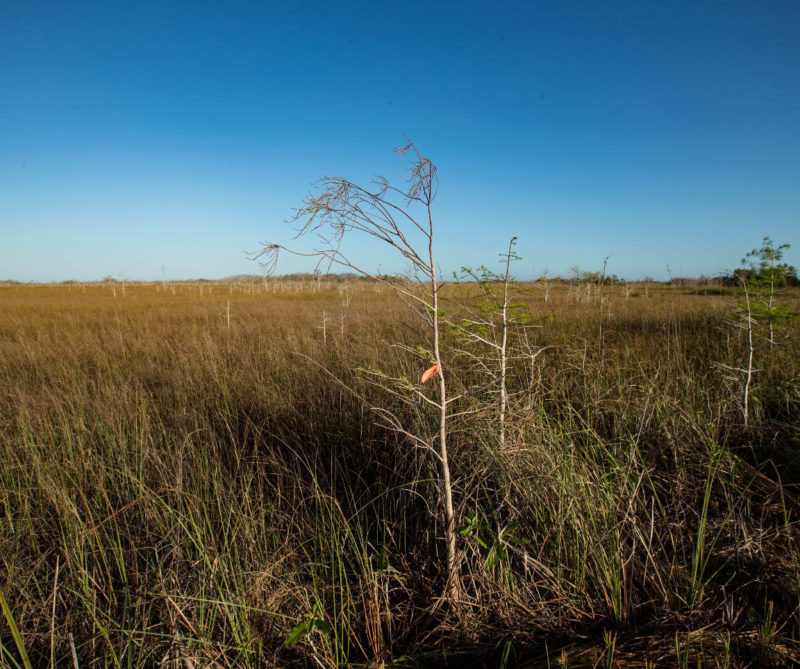
South Florida supports one million plus acres of emergent fresh-water marsh. Upon superficial inspection the marshes appear that they could support black rails. However, the marshes span a wide hydrology gradient that likely has an influence on black rail habitat use and distribution. Some of these plant species span the entire hydrology gradient, giving the superficial appearance that the habitats are similar. The survey cast a wide net and surveyed emergent marshes across the hydrology gradient from dry grasslands with some mixed marsh grasses to marsh grasses within permanently wet cypress areas. We expected that some habitats would be too wet and some too dry for black rails. We wanted to identify the boundaries of habitat use to better understand distribution. The survey team detected four rail species during surveys including black rails, king rails, Virginia rails and yellow rails. For black rails, the team recorded 28 detections (3 of these were off-survey) within 17 locations across the 225-point network. Black rail detection probability was 0.235 and occupancy on sites, except along heavily trafficked roads, was 0.186. This may seem low, but by design the survey covered a wide hydrology gradient in order to learn where within that gradient black rails were positioned.
Raw occupancy patterns for species and areas covered (occupied/points surveyed, %occupied).
| Species | Everglades | Big Cypress | Southern Glades | Fakahatchee |
|---|---|---|---|---|
| Black Rail | 5/80, 6.3% | 7/96, 7.3% | 5/48, 10.4% | 0/32, 0% |
| King Rail | 11/80, 13.8% | 5/96, 5.2% | 4/48, 8.3% | 1/32, 3.1% |
| Virginia Rail | 8/80, 10% | 1/96, 1% | 2/48, 4.2% | 1/32, 3.1% |
| Yellow Rail | 2/80, 2.5% | 1/96, 1% | 0/48, 0% | 0/32, 0% |
Black rails require dense overhead vegetation for cover during all stages of their life cycle. All points surveyed met this requirement. Across the underlying gradient of water depths, the survey identified four concentrations of birds. All of the birds were in similar topographic settings suggesting that although sites within the network were visually consistent, the birds were selecting sites using another dimension. What is clear upon inspection is that birds were found in sites that have topographic diversity. Most of the system is either “wet on wetter” or “dry on drier.” The birds select areas that are “dry on wet” or “wet on dry.” Examples of both of these situations were found to be occupied within the survey network. This habitat characteristic is the key to understanding distribution and to future management. Differences between occupied sites and the broader landscape are subtle and it remains to be seen if tools can be developed to predict distribution across the region.
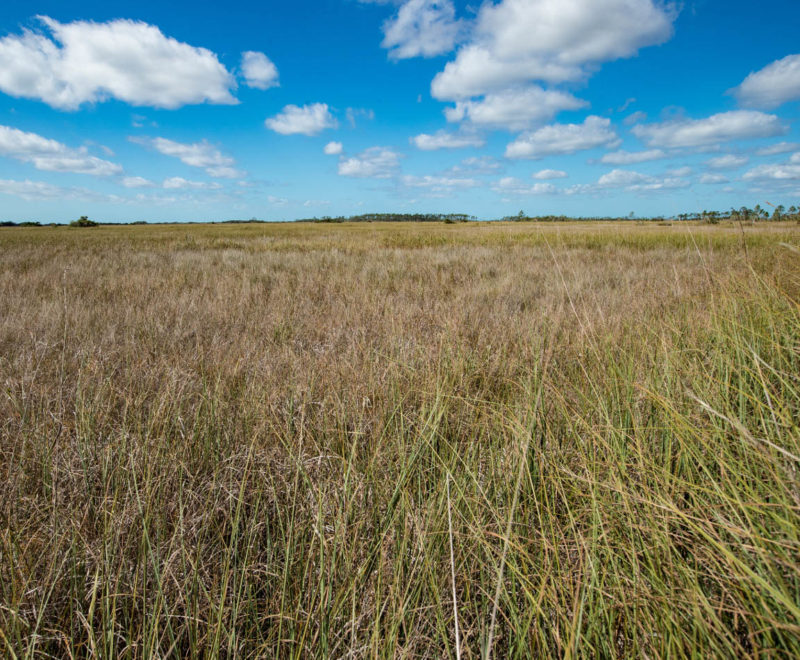
The suggestion in the habitat assessment from 2016 that South Florida may represent a stronghold for black rails appears to be supported by the rapid assessment. However, considerable work is needed that focuses in on the habitat characteristics that drive their distribution. Our ability to understand and measure the subtle habitat characteristics that seem to matter will dictate our ability to estimate the regional population size.



